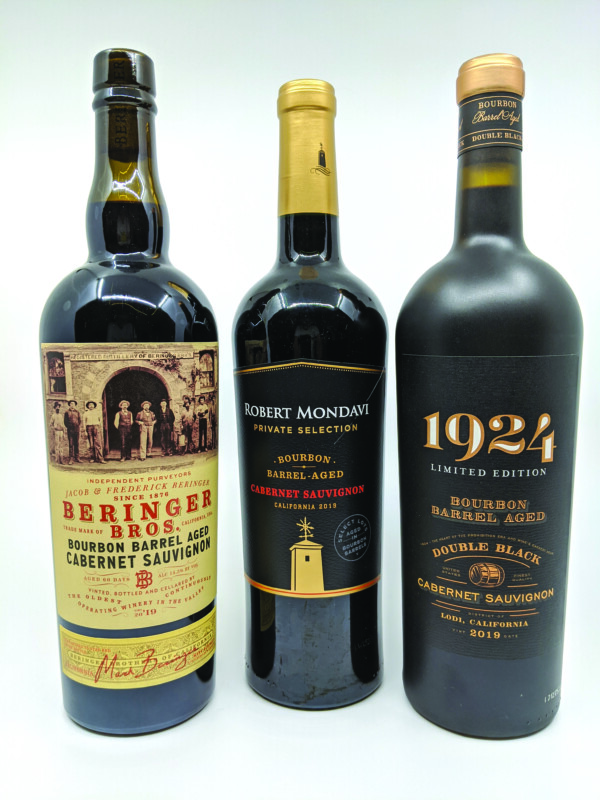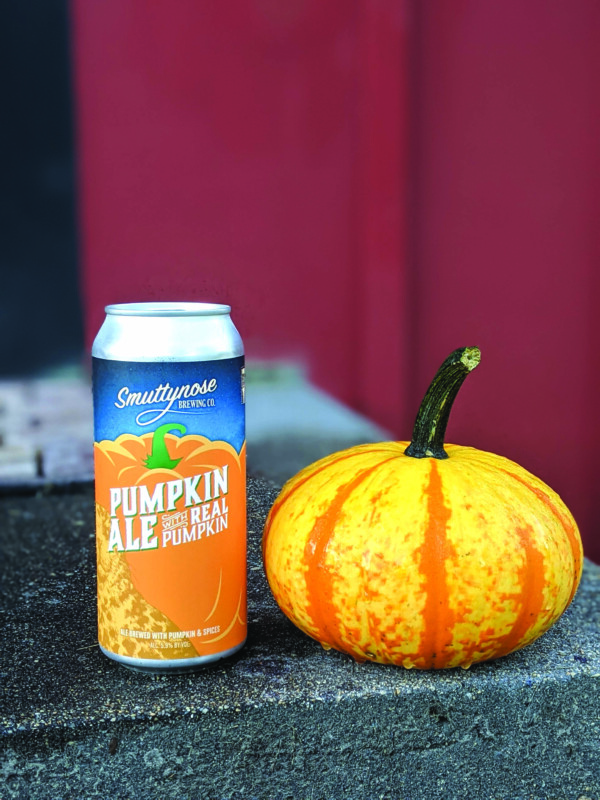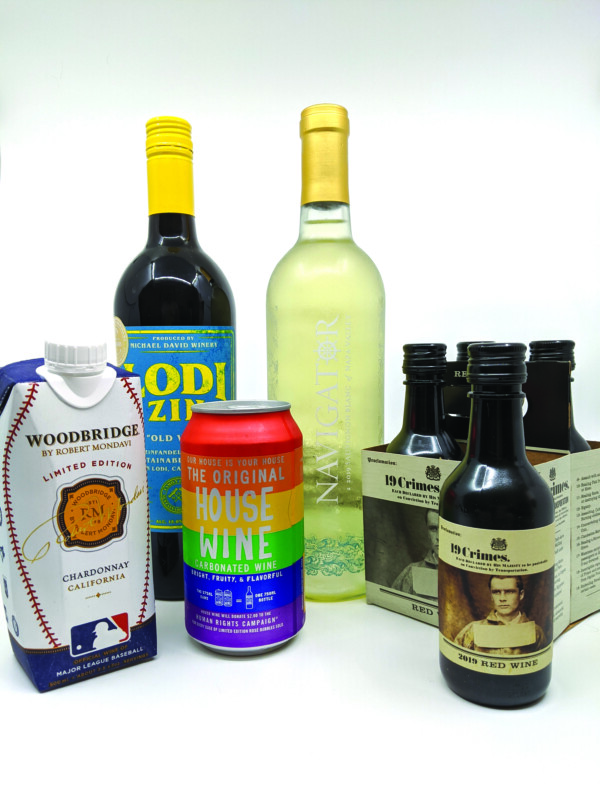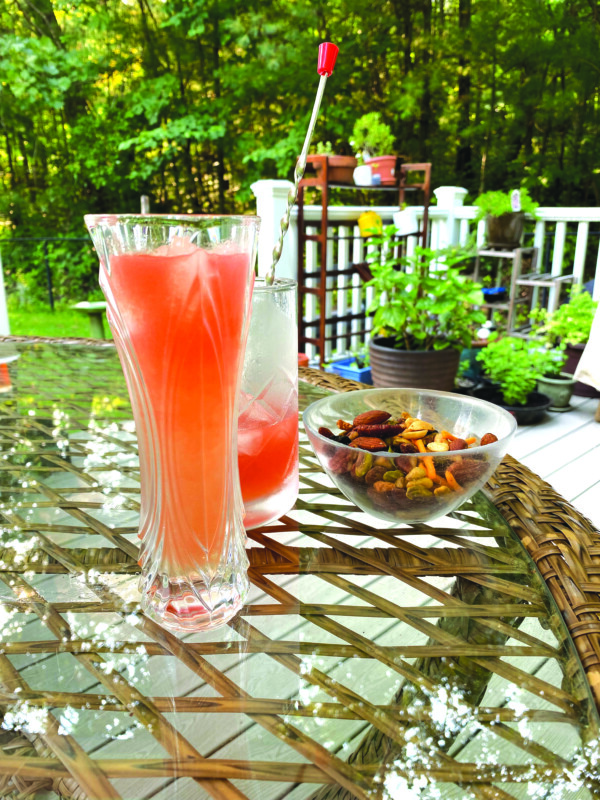Does reusing spirit barrels add something to wines?
Natural and minimalist winemaking methods have been prominent in the news these past several years but there is another trend surfacing: bourbon (and other spirits) barrel-aged wine.
Production has boomed since its modern re-introduction in 2014 by Fetzer Vineyards, which produced a zinfandel that was aged in recycled bourbon barrels. Distillers have aged spirits in bourbon barrels, but a little-known fact is that aging wine in recycled whiskey barrels has a storied past.
The Beringer brothers arrived in Napa in 1869 to work at Charles Krug, one of the first wineries in Napa Valley. In 1876 they had their first pressing of their own grapes, and to age their wines they reused whiskey barrels. Long on ambition but short on cash, they thought it made good financial sense and they discovered it added a certain complexity to the wine. Fast forward, we have a whole generation of millennials intent on exploring and expanding the production of bourbon and other spirits, and the marketplace for mainstream and small-batch distilleries.
In addition to bourbon barrel-aged cabernet sauvignons, we have other red varietals now aged in spirit barrels, and the trend has extended to tequila barrel-aged sauvignon blancs. But how does spirit barrel aging influence the structure and taste of the wine? Does it really impact the wine? Bourbon barrels are slightly taller and skinnier than standard oak barriques, and thus increase the wine-to-wood ratio. Also, bourbon barrels are required to be made from new, heavily toasted American oak. Since they are used just once, there is an abundance of flavor left in the wood. These barrels impart the character of whatever was previously in them, so, with bourbon barrels, you should expect that smooth sweetness and vanilla and caramel essence of the bourbon in your wine.
Our first wine is the Beringer Bros. 2019 Bourbon Barrel Aged Cabernet Sauvignon (available at the New Hampshire Liquor & Wine Outlets at $17.99). The color is intensely purple-red and “thick.” To the nose are scents of ripe black cherries and chocolate. To the tongue, the black cherries remain, albeit reduced, and there are persistent tannins. I don’t know if the “flattened fruit” is the product of the grapes or the fact the wine was aged for six months in bourbon barrels. This is unquestionably a wine to be paired with grilled beef or pasta with a tomato sauce. It will balance but not overpower your entrée, with an alcoholic content of 14.5 percent.
Our second wine, a Robert Montavi 2019 Private Selection Bourbon Barrel Aged Cabernet Sauvignon (available at the New Hampshire Liquor & Wine Outlets at $10.95, reduced from $15.99), is produced a bit differently. The grapes grown in Mondavi’s coastal vineyards are aged in a mix of new and used bourbon barrels. Mondavi reports the new barrels give the wine its undertone of toasted oak, while the used barrels, from a Kentucky distillery, impart vanilla and dried herbs. This blending of barrels sets this wine aside from other cabernets. The color is dark purple-red, fading to a rose-colored ring. To the nose, there are blackberries and chocolate. To the tongue, the berries are joined with vanilla, caramel and some mocha. The tannins are much softer than in the Beringer tasting. With an alcoholic content of 14.5 percent, this is a wine to be paired with grilled meats, including marinated chicken.
Our third wine, the 1924 Limited Edition Bourbon Barrel Aged Cabernet Sauvignon, by Gnarly Head Wines (available at the New Hampshire Liquor & Wine Outlets at $11.99, reduced from $16.99), heralds from Lodi in California’s Central Valley. With an alcoholic content of 15 percent, this is a wine that needs decanting and can be paired with game, venison or lamb. The color is dark, dark purple and the nose is of blackberries and leather. To the tongue there is an abundance of dark berry fruit, coupled with strong tannins. A dryness permeates the finish.
Tim McKirdy, staff writer at VinePair, noted in an article that one critic states that spirits-barrel aging is a “marketing gimmick” and it’s a great way to “mask the flaws of sub-standard fruit.” In McKirdy’s referencing the tweet, the critic further states, “It’s like putting lipstick on a pig. It’s still a pig!”
On the other hand, other critics allude to the “blurring” of lines; this method is attracting beer and spirits drinkers to pair their food with spirits-barrel aged wine. I say, you be the judge!
Featured photo: Courtesy photo.






